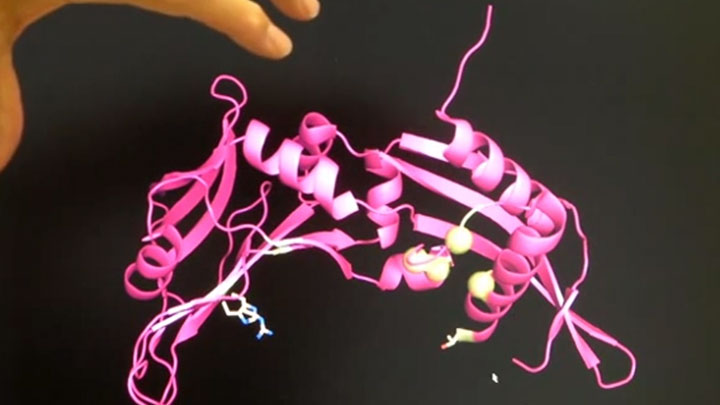
Homing Endonucleases
Choose Type:
-
Restriction Enzymes at NEB: Over 30 years of Innovation
-
A Modern Day Gene Genie Sir Richard Roberts on Rebase
- Why Choose Recombinant Enzymes?
- Heat Inactivation
- NEBuffer Activity/Performance Chart with Restriction Enzymes
- Restriction Endonucleases - Survival in a Reaction
- Site Preferences
Feature Articles
Selection Tools
Usage Guidelines
Products and content are covered by one or more patents, trademarks and/or copyrights owned or controlled by New England Biolabs, Inc (NEB). The use of trademark symbols does not necessarily indicate that the name is trademarked in the country where it is being read; it indicates where the content was originally developed. The use of this product may require the buyer to obtain additional third-party intellectual property rights for certain applications. For more information, please email busdev@neb.com.
This product is intended for research purposes only. This product is not intended to be used for therapeutic or diagnostic purposes in humans or animals.




